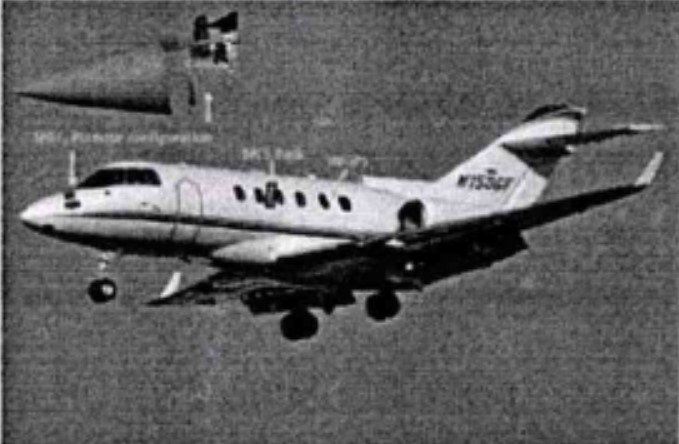SOURCE: RAUNAK KUNDE / NEWS BEAT / IDRW.ORG


The Instruments Research & Development Establishment (IRDE), a premier laboratory of India’s Defence Research and Development Organisation (DRDO), has made a significant breakthrough with a new airborne Search and Track System. This indigenous system holds immense potential for enhancing the capabilities of Indian military aircraft.
To evaluate the system’s real-world performance, IRDE plans to integrate and test it on a leased British Aerospace BAE 125-800A aircraft, also known as the Hawker. The system comprises two Line Replaceable Units (LRUs): a Sensor Head Unit (SHU) and a Processing Unit (PU). These units will be strategically placed on the aircraft – the SHU housed in the nose section with its dome protruding outside for optimal signal reception, and the PU positioned entirely within the nose section for secure operation.
A vital component of the system is the Mission Computer Simulator (MCS). Installed within the aircraft cabin, the MCS will serve as the primary interface for system communication with the LRUs. Data will flow seamlessly between the PU and MCS through a combination of interfaces, including ARINC 818, MIL-STD-1553 buses, and Ethernet connections. For video transmission, two dedicated Fiber Optic (FO) channels will ensure clear and reliable visual information transfer.
The PU will draw its power directly from the aircraft’s existing 115V, 400 Hz AC supply readily available in the nose section. The MCS, on the other hand, offers flexibility in terms of power source. It can either be powered by the aircraft’s 115V, 400 Hz AC supply or a 28V DC source found within the cabin.
The system will also integrate an Inertial Navigation GPS (INGPS) unit. Data from this unit will be recorded using a KAM 500 device connected via the MIL-STD-1553 bus. This data will be crucial for system testing and can also be used by the MCS during operation.
While the Search and Track System is undergoing integration and testing, it’s important to note that this technology is not the sole focus of IRDE’s airborne sensor development efforts. The establishment is also actively working on an Infrared Search and Track System (IRST) specifically designed for the Tejas MkII program.
NOTE : Article cannot be reproduced without written permission of idrw.org in any form even for YouTube Videos to avoid Copy right strikes. Websites doing illegal reproductions will get DMCA and Legal Notices.